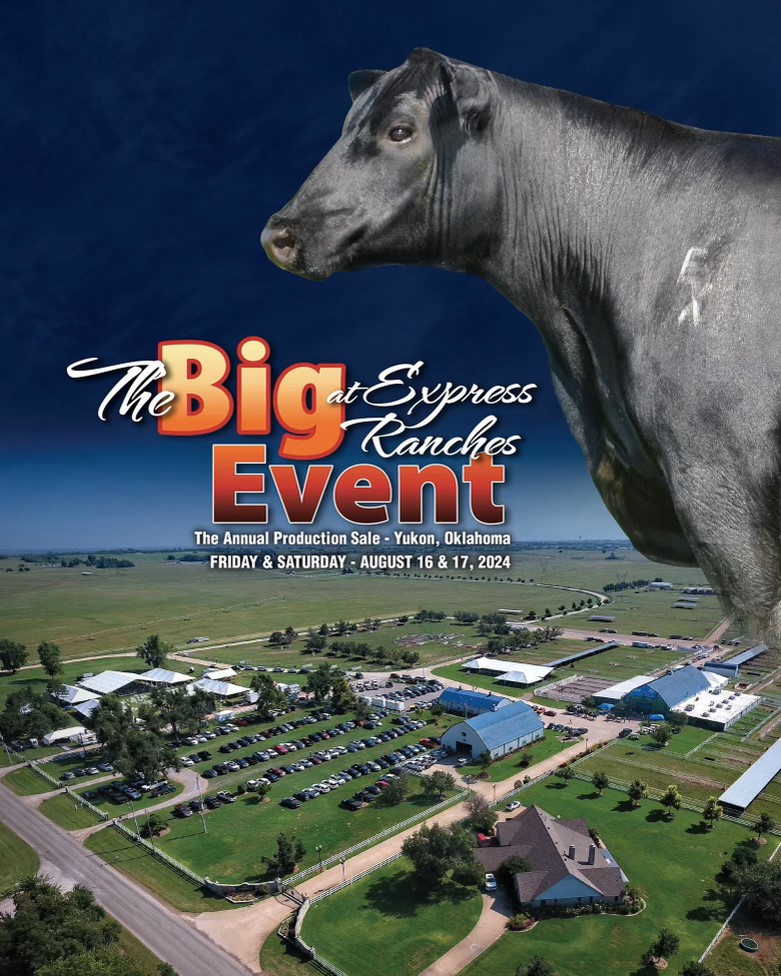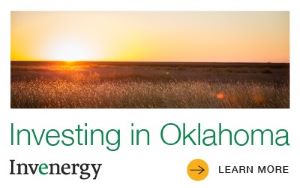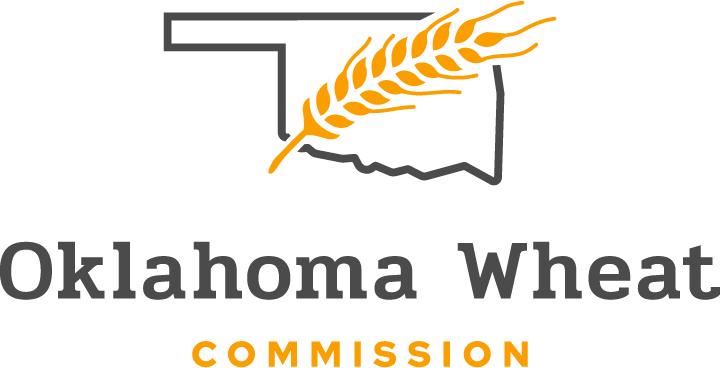
Agricultural News
Selk Says Poor Temperament Adversely Affects Profit
Tue, 20 Oct 2015 15:46:58 CDT
 Glenn Selk, Oklahoma State University Emeritus Extension Animal Scientist, writes in the latest Cow-Calf Newsletter.
Glenn Selk, Oklahoma State University Emeritus Extension Animal Scientist, writes in the latest Cow-Calf Newsletter.
October is a traditional weaning and culling time for spring-calving herds. This is a time when producers decide which cows no longer are helpful to the operation and which heifer calves will be kept for future replacements. Selecting against ill-tempered cattle has always made good sense. Wild cattle are hard on equipment, people, other cattle, and now we know that they are hard on the bottom line.
Mississippi State University researchers (Vann and co-workers. 2006. Southern Section of American Society of Animal Science) used a total of 210 feeder cattle consigned by 19 producers in a "Farm to Feedlot" program to evaluate the effect of temperament on performance and net profit. Temperament was scored on a 1 to 5 scale (1=nonaggressive, docile; 5=very aggressive, excitable). Three measurements were used: pen score, chute score, and exit velocity. Measurements were taken on the day of shipment to the feedlot. Exit velocity is an evaluation of temperament that is made electronically by measuring the speed at which the animal leaves the confinement of the chute. Exit velocity and pen scores were highly correlated. As pen scores increased, so did exit velocity. As pen score and exit velocity increased, health treatments costs and number of days treated increased, while average daily gain and final body weight decreased. As pen score increased, net profit per head tended to decline. Pen temperament scores and net profits per head were as follows: 1=$121.89; 2=$100.98; 3=$107.18; 4=$83.75; 5=$80.81. Although feed and cattle price relationships have changed since this data was collected, one would expect similar impacts from the temperaments of cattle under today's economic situation.
Colorado State University (Voisinet, 1996) conducted an experiment examining the effects of temperament on weight gains and the incidence of dark cutting. Cattle were temperament ranked, on a 5 point system, while animals were held on a single animal scale. Their results show that there is a highly significant effect of temperament ranking on average daily gain. Animals exhibiting the highest temperament ranking also have the lowest average daily gains. Conversely, animals that were the calmest had the highest average daily gains. Their results also show that those cattle that have the highest temperament ranking, those that were berserk, also have the highest incidence of dark cutters. Dark cutter carcasses will be discounted approximately 20-25 dollars per hundred pounds compared to carcasses with normal colored lean. In fact 25% of the cattle that had a temperament score of 5 exhibited dark cutting, while less than 5% of the cattle that had temperament scores of 1,2,3, and 4 exhibited dark cutting.
"Heritability" is the portion of the differences in a trait that can be attributed to genetics. The heritability of temperament in beef cattle has been estimated to range from 0.36 to 0.45. This moderate level of heritability indicates that real progress can be made by selecting against wild cattle. Whether we are marketing our calf crop at weaning or retaining ownership throughout the feedlot phase, wild, excitable cattle are expensive to own and raise.
WebReadyTM Powered by WireReady® NSI
Top Agricultural News
More Headlines...




















